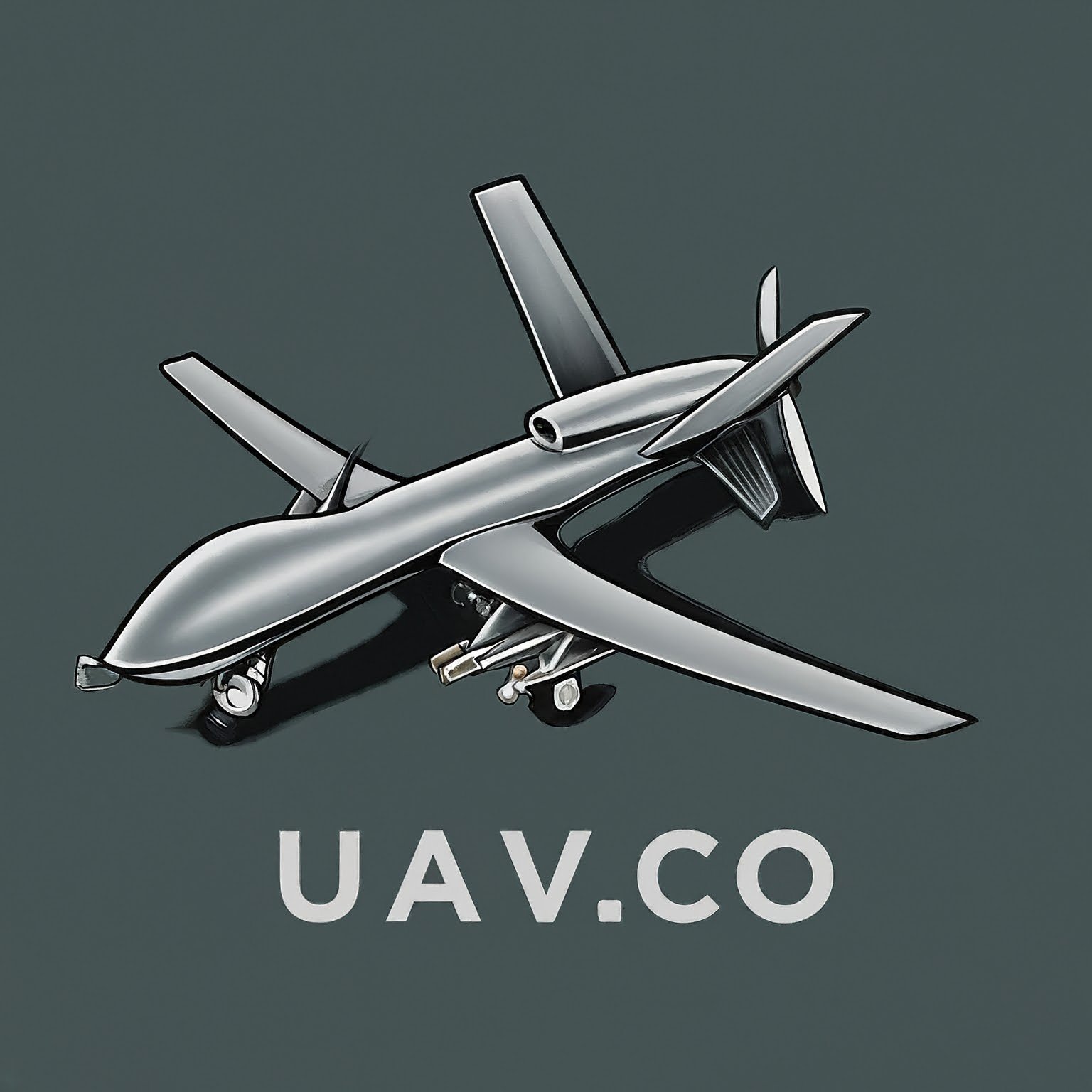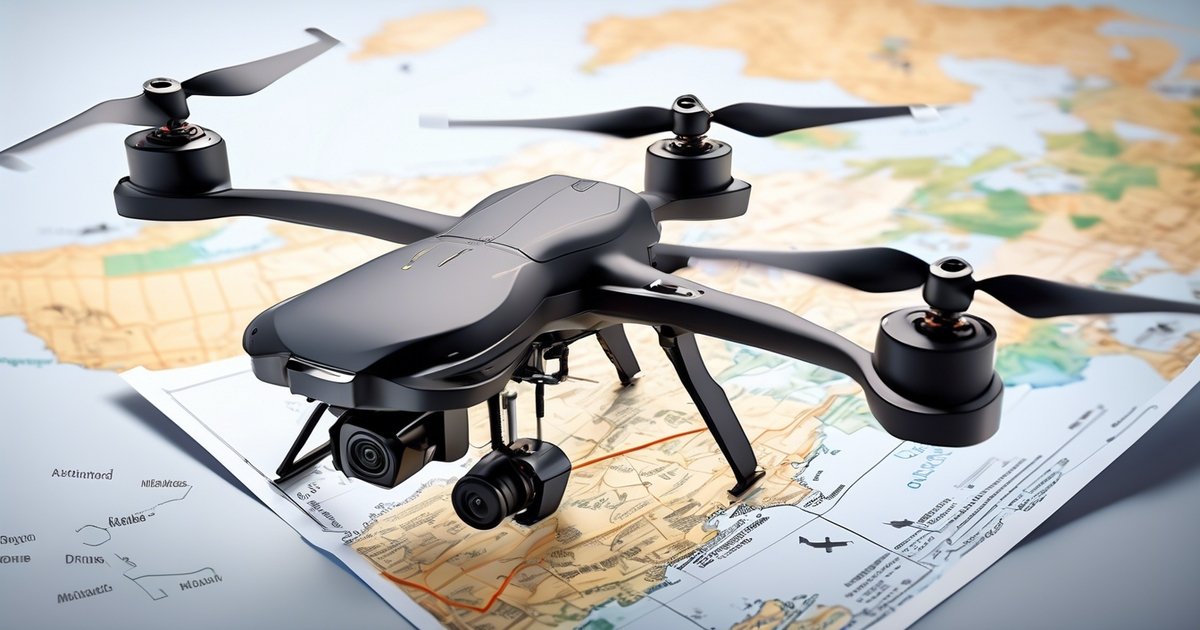The landscape of military drone export regulations is complex, reflecting a balance between national security interests, government authorization, policy on conventional arms transfer, and international diplomatic relations with foreign countries. As nations navigate this intricate domain of international law and government authorization, the implications for global security, technological proliferation, and the threat from foreign countries are significant. This analysis delves into the current state of military drone export regulations, examining how these policies shape the dynamics of international defense collaborations and influence technological advancements in unmanned aerial vehicles, focusing on technology security, policy, weapons, and government involvement. Through an exploration of these regulatory frameworks, we uncover the challenges and opportunities that lie ahead in harmonizing security needs with global cooperation efforts, international law, government policy, and threat management.
Key Takeaways
-
Navigating military drone export regulations requires a thorough understanding of U.S. policies and recent changes, as they significantly impact the ability to export drones.
-
Familiarity with export control laws is essential for anyone involved in the drone export process, ensuring compliance and avoiding severe penalties.
-
Obtaining the correct type of licensing is a critical step for legal drone exports, highlighting the importance of understanding the various licensing requirements.
-
Adhering to compliance and geographic restrictions is crucial for the successful export of military drones, underscoring the need for meticulous attention to detail in these areas.
-
The evolving nature of regulatory changes demands constant vigilance from exporters to adapt strategies for future drone exports effectively.
-
Consulting with export attorneys can provide valuable guidance and support in navigating the complexities of drone export compliance, helping to mitigate risks associated with non-compliance.
Overview of Military Drone Export Regulations
Global Landscape
The global landscape for military drone exports is complex. Different countries have their own rules. These vary widely.
Some nations are leading exporters of military drones. The United States and Israel are examples. They have developed advanced technologies in this field.
Other countries are emerging as new players in the drone market, focusing on military UAS transfers, technology security, and government involvement. China and Turkey are among these nations. Their presence adds to the complexity of international regulations.
International Agreements
There are key international agreements and policies that influence military drone export regulations, sales, and the threat to foreign nationals. The Missile Technology Control Regime (MTCR) is one such agreement on policy, deemed export, and change in military UAS transfers.
The MTCR policy aims to prevent missile and drone proliferation by controlling their design, delivery systems, and related items, but also covers drones due to their similarities with missiles in delivery systems and falls under ITAR regulations.
Another important framework is the Wassenaar Arrangement. It promotes transparency and greater responsibility in transfers of conventional arms, including drones, ITAR-design items, and foreign national considerations.
These agreements set guidelines, but enforcement varies by country.
National Laws
National laws on military drone exports, including design and items, differ significantly across countries.
In the US, strict controls exist under the International Traffic in Arms Regulations (ITAR). ITAR regulates defense-related exports including drones.
Israel has a comprehensive licensing process for exporting military technology, ensuring its use aligns with national security interests.
China’s approach reflects strategic economic interests alongside geopolitical considerations.
Turkey has adopted relatively flexible policies to become a significant exporter of armed drones.
This variability complicates international cooperation on regulating drone exports effectively.
U.S. Policy and Recent Changes in Drone Export
Policy Shifts
Recent administrations have adjusted the U.S. policy on military drone exports significantly. These changes reflect evolving national security interests and technological landscapes.
The government has recognized the strategic importance of drones in modern warfare. As a result, it has sought to balance national security concerns with the economic benefits of exporting such technology. Under recent leadership, there’s been a notable shift towards more lenient export regulations for military Unmanned Aerial Systems (UAS). This adjustment aims to strengthen alliances and deter adversaries by ensuring allies have access to advanced defense capabilities.
Technological Impact
Advancements in drone technology have spurred updates to export policies as well. The introduction of new categories for drone exports highlights this trend.
With drones becoming more sophisticated, capable of longer flights, and carrying larger payloads, they’ve transitioned from surveillance tools to integral components of combat operations. This evolution has necessitated changes in how these systems are classified under technology control laws. For example, distinctions between drones and cruise missiles have become blurred due to similar operational capabilities, prompting updates in classification and regulation criteria.
Moreover, considerations around dual use technologies—those that can serve both civilian and military purposes—have become central to policy discussions. The categorization now includes not just fully assembled units but also critical components like sensors or communication devices deemed as “defense articles” or “munitions.” These measures aim at preventing sensitive technologies from falling into the wrong hands while enabling responsible international cooperation.
Understanding Export Control Laws for Drones
Dual-Use Distinction
Export control laws differentiate between dual-use and military-exclusive drones. Dual-use drones have both civilian and military applications. Military-exclusive drones are designed solely for combat or intelligence missions.
Dual-use technology poses a challenge in regulation. These devices require careful scrutiny to prevent misuse while allowing beneficial uses. Autonomous flight control is a key feature in many dual-use drones, enhancing their capabilities but also raising concerns over proper use.
Wassenaar Arrangement
The Wassenaar Arrangement plays a crucial role in drone export controls. It sets baseline standards for member countries to follow. This agreement aims to promote transparency and responsibility in transfers of conventional arms and dual-use goods.
Under the Wassenaar Arrangement, countries agree on lists of controlled technologies. They include advanced drones with autonomous flight control systems. The agreement helps harmonize international efforts against proliferation risks.
End-Use Verification
End-use verification is vital in enforcing export controls effectively. It ensures that exported drones are used as intended by the recipient country or entity.
This process involves checks and balances from exporting nations to monitor drone usage after sale or transfer. Verification mechanisms help prevent diversion of technology into unauthorized hands, maintaining global security.
Licensing Requirements and Types for Drone Exports
Export Criteria
Obtaining a military drone export license requires meeting specific criteria. Governments assess the potential impact on national security, foreign policy, and human rights. Applicants must demonstrate that their exports align with these considerations.
The process involves detailed scrutiny of the technology involved. Drones with advanced surveillance or weaponry capabilities face stricter evaluations. The end-use and end-user are also critical factors in the assessment. Misuse for unlawful surveillance or aggression could lead to application denial.
License Types
There are mainly two types of licenses: Standard Individual Export Licenses (SIELs) and Open General Export Licenses (OGELs).
-
SIELs apply to specific transactions. They require thorough documentation for each export.
-
OGELs allow broader exporting under set conditions without needing separate applications for each shipment.
Choosing between SIELs and OGELs depends on the exporter’s needs. High-volume exporters might find OGELs more practical, while those dealing in sensitive technologies may need SIELs’ specificity.
Documentation Required
Successful license applications hinge on comprehensive documentation. This includes:
-
Technical specifications of the drone
-
Information about its intended use
-
Details about the end-user
-
Risk assessments regarding diversion or misuse
Exporters must provide clear evidence supporting their compliance with licensing requirements. Failure to do so can result in delays or denials.
Compliance and Geographic Restrictions on Exports
Export Controls
Export controls play a vital role in the military drone export regulations. Specific countries face stringent export restrictions due to security concerns and international sanctions. These controls ensure that military drones do not fall into the wrong hands. The U.S., for instance, has a list of nations with which it restricts defense-related exports.
Governments require commodity jurisdiction and government authorization before exporting military drones. This process verifies whether an item falls under export control regulations. It also determines if an export license is necessary.
Compliance Monitoring
Ongoing compliance monitoring is crucial after exporting military drones. Exporters must adhere to international laws and host country regulations post-delivery. Failure to comply can result in severe penalties, including fines or revocation of export privileges.
This monitoring includes ensuring adherence to the end-use provisions specified at the time of sale. For example, exporters must certify that drones will not be used for purposes other than those agreed upon, such as surveillance or reconnaissance within constraints of international traffic arms regulations (ITAR).
Impact of Regulatory Changes on Future Drone Exports
Growth Forecast
Regulatory easing is set to boost drone exports significantly. Experts predict a steady rise in international sales over the next decade. This growth stems from both technological advancements and more lenient export policies.
Countries previously restricted can now access cutting-edge military drones. This opens up new markets, especially in regions keen on enhancing their defense capabilities without developing their own drone technology.
Emerging Markets
Several countries are poised to become key players in the drone import arena. Nations such as India, Brazil, and Saudi Arabia show strong interest due to their strategic security needs.
These markets represent significant opportunities for manufacturers. They also highlight the global shift towards unmanned systems for surveillance and combat purposes.
Regulation Challenges
The rapid pace of technological evolution presents a major challenge for regulators. Ensuring that rules keep up with advances is crucial yet difficult.
Current frameworks may struggle to address future innovations effectively. This could lead to gaps in oversight or overly restrictive measures that hinder progress.
Penalties for Non-Compliance with Export Regulations
Enforcement Actions
Non-compliance can lead to severe penalties. Entities might face fines or imprisonment. The severity depends on the violation’s nature.
Recent cases show strict enforcement of regulations. Companies and individuals have faced consequences for not adhering to export controls. These actions highlight the government’s commitment to national security.
Voluntary Disclosure
Voluntary disclosure is crucial in reducing penalty severity. It shows willingness to comply with export controls. Authorities may consider it favorably when determining penalties.
Entities should report violations promptly. This proactive approach can mitigate potential legal and financial repercussions.
By understanding the range of penalties, from fines to imprisonment, entities involved in military drone exports recognize the critical importance of compliance with export regulations. Recent enforcement actions against non-compliant entities serve as a stark reminder that ignorance of these laws is no defense and can result in significant detrimental impacts on both an individual and organizational level.
The significance of voluntary disclosure cannot be overstated; by actively engaging with an export controls office, companies demonstrate their commitment to adherence, which can play a pivotal role in mitigating the severity of any imposed penalties, particularly when dealing with sensitive items like drones that may fall under specific ECCN codes or require use monitoring due to concerns over end-use or access by foreign nationals.
Role of Export Attorneys in Drone Export Compliance
Legal Expertise
Export attorneys possess deep knowledge of the complex regulations governing military drone exports. They guide companies through these intricate rules, ensuring compliance and avoiding penalties.
Companies face significant challenges in understanding the vast array of international laws. An export attorney simplifies this process. They interpret legal jargon into actionable steps for businesses. This expertise is crucial for navigating global markets safely.
Strategic Planning
Compliance requires meticulous planning across various jurisdictions. Export attorneys help formulate strategies that align with both local and international laws.
They conduct thorough risk assessments to identify potential legal hurdles early on. By doing so, they ensure that companies can proactively address issues before they escalate into costly legal battles or sanctions.
Defense Strategies
Facing allegations of non-compliance can be daunting for any business involved in military drone exports. Here, export attorneys play a vital role in defending their clients against such claims.
They provide robust defense strategies that mitigate the impact of regulatory actions. This includes negotiating settlements or representing companies during official proceedings, aiming to reduce fines or avoid convictions altogether.
Final Remarks
The landscape of military drone export regulations is complex, shaped by a web of policies, compliance requirements, and legal constraints. These regulations serve not only to control the distribution and use of advanced unmanned systems but also to safeguard international security interests. The evolving nature of these laws reflects the dynamic interplay between technological innovation, strategic geopolitical interests, and global security concerns. As countries navigate these waters, understanding the nuances of export controls becomes crucial for manufacturers and exporters to ensure compliance and avoid severe penalties.
The role of export attorneys in navigating this intricate legal framework cannot be understated. They provide essential guidance and support to entities involved in the drone export process, ensuring adherence to all applicable laws and regulations. For stakeholders in the military drone sector, staying informed and seeking expert advice is paramount. Engaging with legal professionals specialized in export controls offers a pathway to not only compliance but also strategic advantage in the global market.


